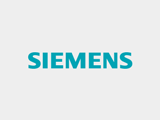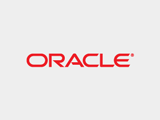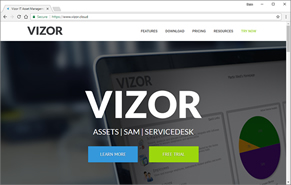You are here :
- Home
- PC Configuration Management
- Software Distribution
Key Capabilities and Features
Our customers use Software Distribution to distribute any installable software, from drivers, to OS patches, application updates and complete application suites. Software Distribution creates and manages a privileged environment on the target PCs so that software can be installed silently, in the background, with zero user interaction.
Because Vector Software Distribution will execute any valid code (including batch files) it is most commonly used to manage the deployment of silent installation MSI packages, and silent Setup scripts generated with leading packagers such as Installshield™ and Wyse™. Simply use Installshield (for example) to record the installation of the software with the desired options, to generate the distribution kit. Vector Software Distribution does not impose any proprietary packaging methods or demands.
Pre- and post- operations can be executed before and after the main installation process. Administrators can use this for a variety of purposes, such as generating special conditions for the installation, or running a tutorial once the software has been installed.
Central Control. Vector’s Software Distribution uses a combination of push and pull techniques. Copy a distribution kit to your kit server, then from the Console a definition of the software installation (Package Definition in Vector jargon) is transmitted (pushed) to an intermediate shared data repository (‘Offline Area‘). The agent collects (pulls) the Package Definition and executes it in a privileged environment.
Precision Targeting. If an organization has deployed Vector's foundation PC Hardware Inventory and PC Software Inventory components (both are included in the Asset Manager Pro Solution and the Configuration Manager Pro Solution), there will be a rich set of characteristics on which groups of PCs can be based - such as Department, CPU, OS version, and detail of installed applications. These 'Dynamic Groups', which many administrators use heavily, are re-evaluated every time they are used. So administrators can be confident that PCs that have just been added to a Department, for example, will automatically be targeted for an application update for that Department.
Feedack and Audit Trail. For many organizations, a Software Distribution audit trail is needed for reporting under a Service Level Agreement, and the Client Software Distribution service generates progress information, tracking every major stage of the installation process. This information is collected and presented through the Software Distribution Monitor. Overall status is presented for all known Distribution Jobs, and each Job can be expanded into a summary of the stage that each Client last reported. Selecting a particular Client then drills down to a list view of every stage completed and its timestamp.
License Management and Software Asset Optimization: ISO 19770
Software Distribution is controlled through the Vector Administrator Console, so any distribution can be precisely targeted using Vector AM’s Fixed and Dynamic Group functions. This simple-to-use fine control over application deployment is essential if application license and maintenance costs are to be optimized. Software Distribution meets the key practical demands of following ISO 19770-1 best practice in Software Asset Management.
License Harvesting
Because Software Distribution is capable of running any valid executable code (including batch files) it can be used to UNinstall software. Customers use this capability to remove unused software, and software installed without adequate license coverage. Ask your sales contact to arrange a quick demonstration.
Desktop Configuration Management
The ability of Software Distribution to handle the installation of driver level software and OS updates makes it a valuable tool to help service both network-wide configuration management tasks, and to apply localized update requirements, for example to apply security patches to isolated applications.
Change Management and Service Management: ITIL and Service Level Agreements (SLAs)
The ability to review a PC-by-PC step-by-step record of the roll-out of a configuration or application update is a key component of effective Change Management, particularly as described in ITIL and ISO 19770 best practice. The Software Distribution Job Manager also records a summary success / failure record of the PCs targeted in any Software Distribution Job. This data can be used to track long term performance and trends in software distribution effectiveness, as well as providing validation of performance against an SLA.
Available in these Solutions
Software Distribution is exploited in these PC Configuration Management Solutions













